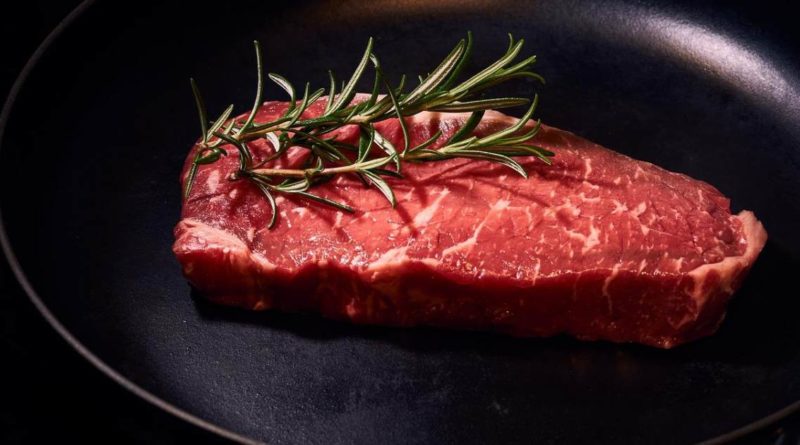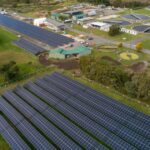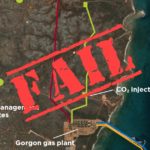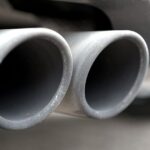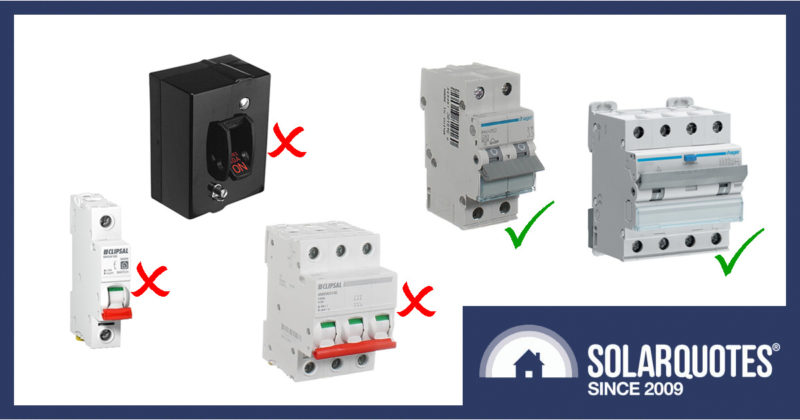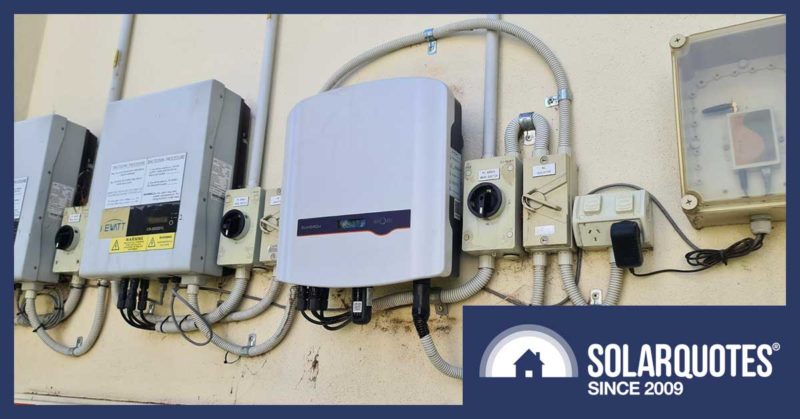Where’s The Carbon Neutral Beef? At Coles
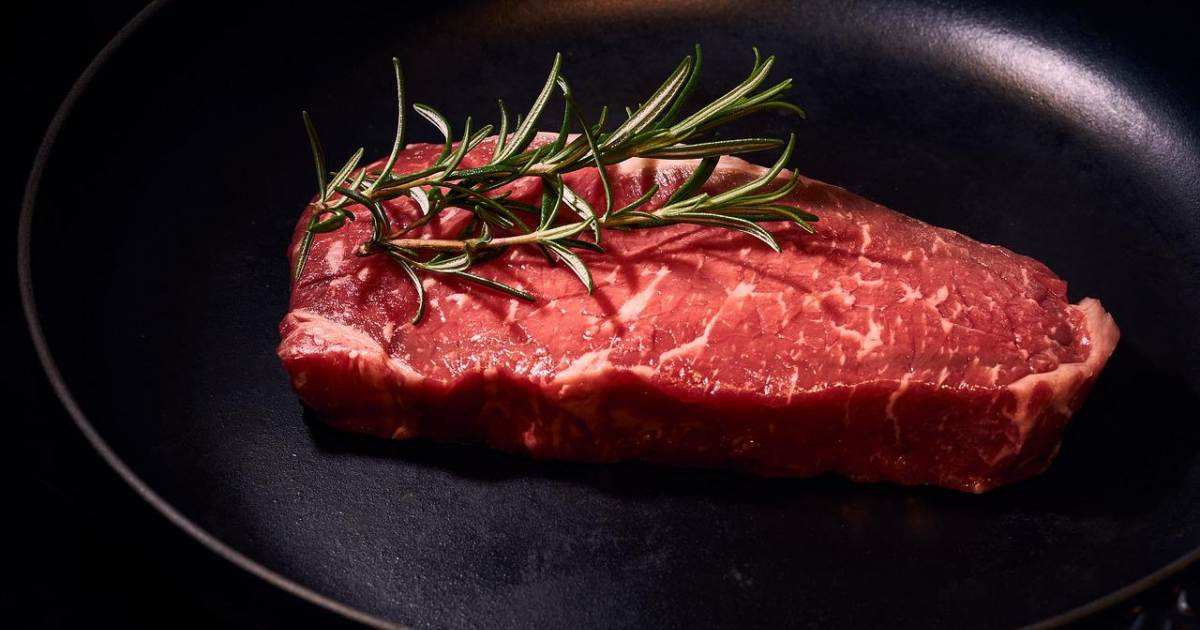

Coles says it is the first major Australian supermarket to launch a range of certified carbon neutral beef products under its own brand.
Accompanied by the self-explanatory branding of “Coles Finest Certified Carbon Neutral Beef”, seven cuts will be on offer. We’re assured these will not only be premium, but delicious as well. But some of us will have to wait a bit before tucking into a carbon-neutral Coles porterhouse steak. Victoria is first cab off the rank for the range, which will be rolled out nationally over the next year.
The cuts are certified carbon neutral from “paddock to shelf” to the Australian Government’s Climate Active Carbon Neutral Standard. However, word has it the cattle involved aren’t exactly jumping over the moon as a result of this.
How Was Carbon Neutrality Achieved?
Carbon neutral or net zero1 doesn’t mean zero carbon. It often involves trying to reduce emissions of a product or activity as much as possible, then compensating for the remaining carbon footprint through offsetting projects. But some might skip the first bit entirely, and it’s really important not to.
Raising cattle for the plate is emissions intensive. According to the Food and Agricultural Organization of the United Nations, beef and cattle milk are responsible for the most livestock emissions; contributing 41 percent and 20 percent respectively of the global livestock sector’s overall greenhouse gas emissions . Next in line is pork (9%), buffalo milk and meat (8 percent), then chicken meat and eggs (8 percent).
Australia’s red meat and livestock industry contributes 11.8% of all of Australia’s greenhouse gas emissions – and even that high level is a marked improvement on what it once was.
Coles says it has been working with beef farmers across Victoria and New South Wales to calculate and reduce emissions, bringing them down to 19% below the Australian national average based on average emissions per kilogram of live weight produced. Some of the strategies included the use of renewable energy, genetic selection and improvements to herd management practices.
A 19% reduction is significant, but it’s not 100%. So how is the balance addressed?
Some of it has been through tree planting and vegetation, which is included in the farm’s ‘carbon account’. This is called carbon ‘insetting,’ the practice of offsetting emissions through a project within an entity’s own value chain.
For what can’t be addressed through renewables, insetting and such, Coles is purchasing Australian Carbon Credit Units (ACCUs) from the Armoobilla Regeneration Project in south-west Queensland. ACCUs copped a bit of a black eye recently, but the Clean Energy Regulator says abatement from ACCUs has “high integrity”.
Coles And Net Zero Emissions
Carbon neutral beef is just one of Coles’ many sustainability initiatives.
When it comes to Coles’ own operations and emissions generally, a major source is electricity. It ranked 12th on a list of the largest electricity users in Australia in 2018-19, responsible for around 1% of electricity consumed in this country.
In late 2020, there was a push for Coles to commit to 100% renewables, just as competitor Woolworths had already done. This campaign seemed to have a positive effect. In March last year, Coles Group committed to net zero greenhouse gas emissions by 2050 and to be powered by 100% renewable electricity by the end of FY25.
The Group has already made significant progress on the latter. At the end of last financial year, it had five renewable electricity power purchasing agreements (PPAs) inked, which will cover more than 70% of the renewable electricity required. By the end of FY21, eighty-three supermarkets had solar panels installed and there were more solar power system installations to come.
Coles has also committed reducing combined Scope 1 (direct emissions from sources it owns or controls) and Scope 2 greenhouse gas emissions (indirect emissions associated with generation of energy purchased) by more than 75% by the end of FY30.
Footnotes
- Carbon neutral and net zero mean the same thing to some, but to others they are slightly different – with net zero including all greenhouse gas emissions including methane, and carbon-neutral just referring to carbon emissions. But the Climate Active Carbon Neutral Standard technical guidance makes mention of methane among “fugitive emissions”, which I assume would include cow burps and farts. ↩
Original Source: https://www.solarquotes.com.au/blog/carbon-neutral-beef-mb2442/

